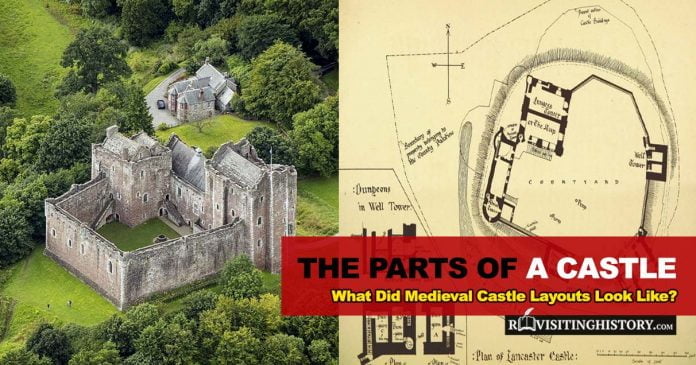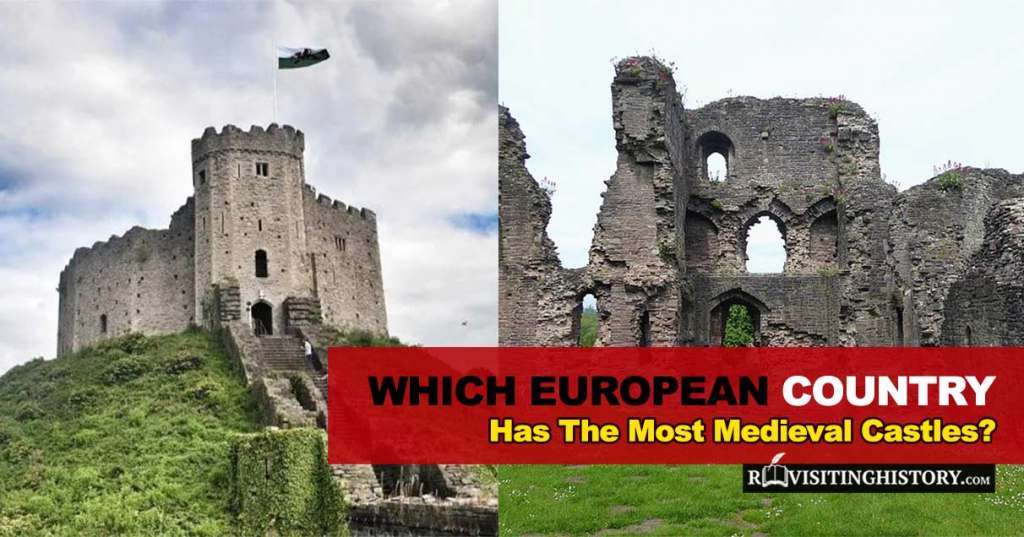The medieval castle was less of a building and more of a complex. Instead of a singular building, it consisted of a number of smaller, different buildings that made up the whole. Ultimately, one can say that the parts of a medieval castle could be divided up into three categories.
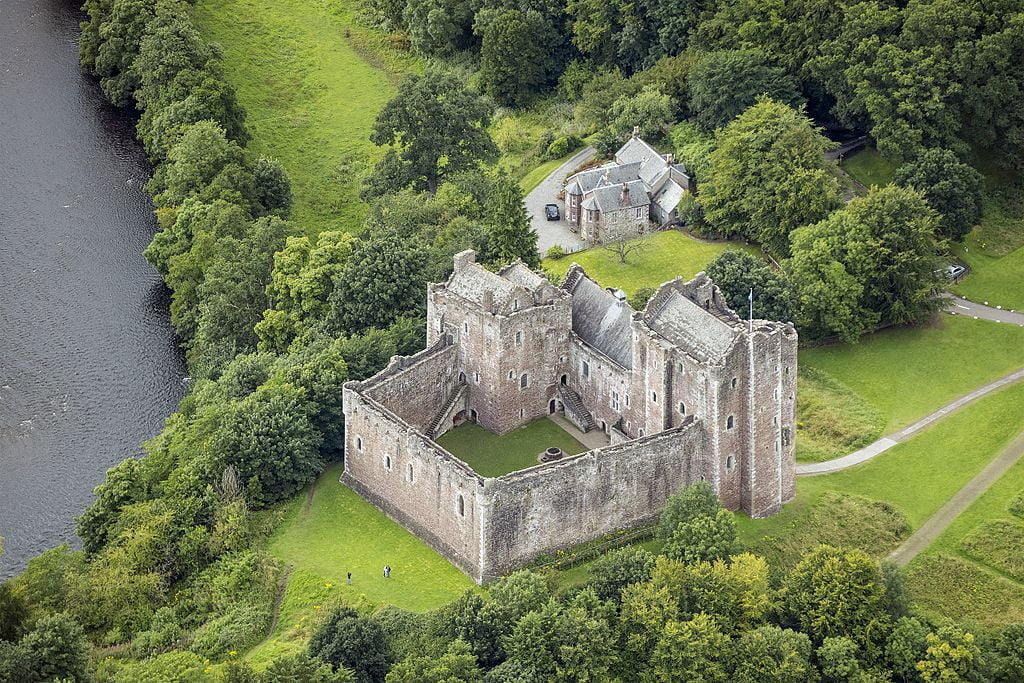
Table of Contents
The first category was the castle’s defense, which consisted of the exterior walls, gate, barbicans, portcullis, and moat. The second part of the medieval castle consisted of out-buildings with an exterior courtyard, stables, and training facilities for the garrison or knights. Then there was the inner part of the castle which consisted of the residence. This included the keep, the great hall, the bed chambers, kitchens, inner courtyard, and other facilities used only by the lord, lady, and their households.
We’ll take a look at each of these parts in greater detail:
Medieval Castle Layouts
To differentiate properly between the medieval castle and keep, here’s a look at the buildings that were housed inside the usual Medieval castle complex:
The Gatehouse and Moat
The medieval gatehouse was one of the most important parts of the castle. Since the entrance was the most vulnerable area, the gatehouse was structured to be the most formidable element with its portcullises and murder holes. It was usually flanked by twin towers on either side where a guard was stationed as a lookout.
The gatehouse was often accompanied by a drawbridge and a moat. Since few castles could have freshwater moats, most of them were man-made by damming nearby rivers and streams – Caerlaverock Castle in Scotland is an excellent example of a man-made moat. However, these stagnant moats would become a hub of all the castle sewage – disgusting yet also an imperative part of the defense strategy. During the summers, one can imagine that the smell might have been almost unbearable.
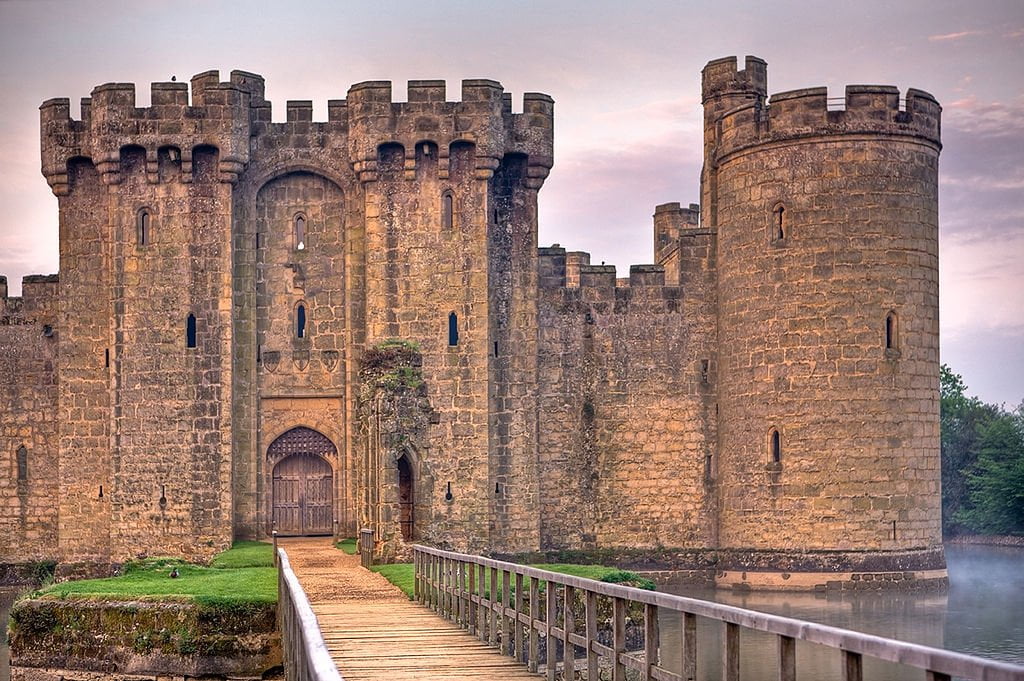
Other than that, there were quite a few other physical elements that made up the exterior of a medieval castle. They included the battlements that were frequently crenelated at the top of the outer curtain walls (which usually spanned quite a few meters in length and thickness alike). The towers that flanked these walls were also designed with thick arrow loops (kind of like very thick windows) where the archers could take aim using crossbows and longbows at the attacking enemies without coming into danger themselves. The castle itself stood on a “motte”, which was a hilly mound of dirt that was used to make it hard for the enemies to get to the gatehouse.
Courtyard
Typically, there were two courtyards in a medieval castle. While the outer one was used for grazing the animals, the inner ones were used for formal events and were usually rather closed off. The courtyards of a medieval castle were also known as wards or baileys. Their design complexity varied from castle to castle. While some were as simple as basic enclosures, others were more complex and part of the overall defense strategy of the castle. The large courtyard of Dublin Castle is an excellent example. Other than that, the design of these courtyards also depended a lot on the local topography.
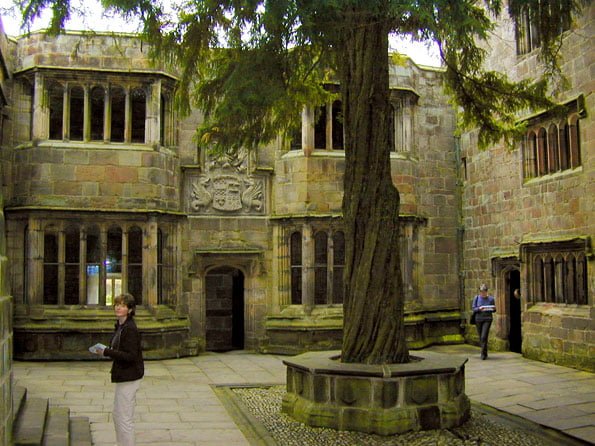
The Great Hall
You might associate this one with The Great Hall from Harry Potter, and you wouldn’t be too far off. It’s actually a place of gathering for the people who resided inside the castle and at night, the lesser residents (mostly servants) could spread rushes to sleep on its floor.
It also functioned as a courtroom in some cases and even had a dais for the lord and lady to separate them from the rest. As a highly public part of the castle, the great hall was oversized, lavishly decorated, and had high ceilings for a grand effect. Typically, the proportions of this room were rectangular, three times as long as it was wide. The formula for the ceiling height was that the roof should have been at least twice as tall as the hall was wide.
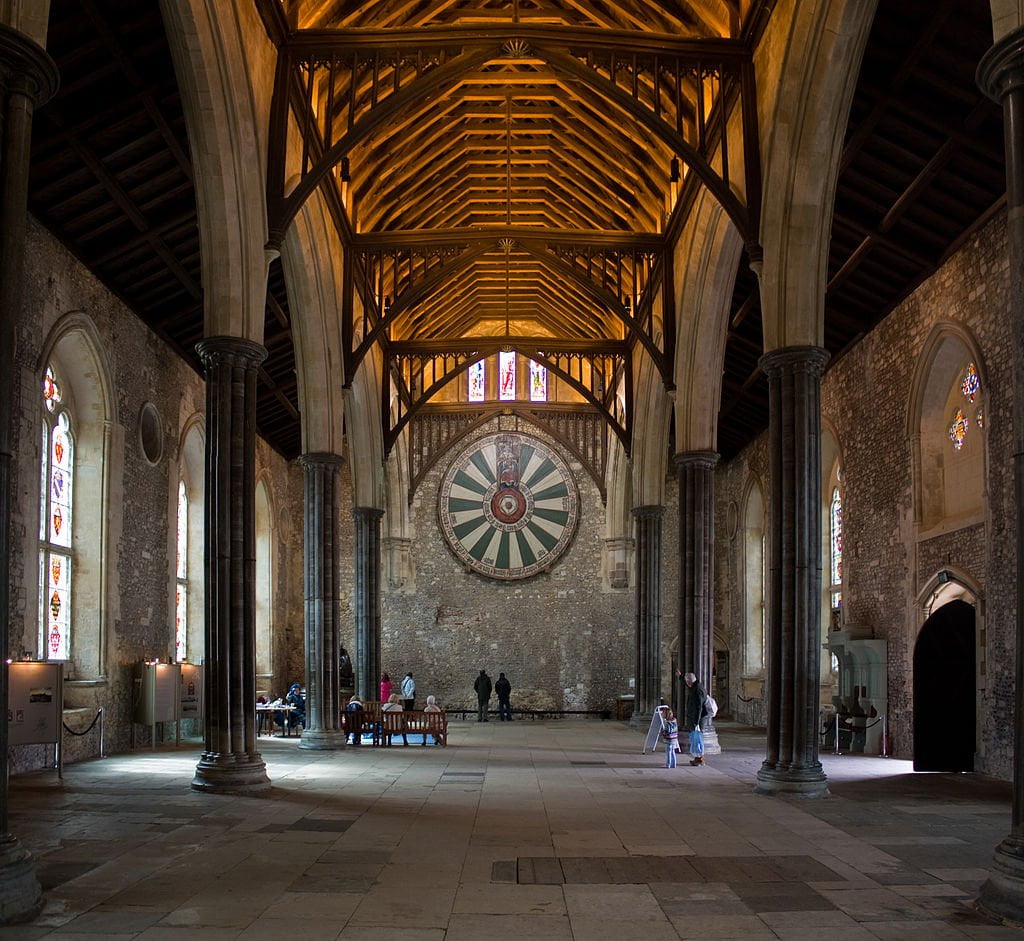
A quite fascinating aspect of the great hall was the central hearth, which was used to provide warmth during the winters. They were usually connected to a chimney in the roof to accommodate ventilation. These hearths were quite large (almost as big as a person) and were sometimes used for cooking (though there certainly were separate hearths in the kitchens).
During the end of the 15th century, there was a decline in the popularity of the great hall, but it sprung forward in a whimsical revival after the 17th century, mostly used as an impressive entry point rather than having any functional value. You might have seen one of these in one of the manor houses of the popular Netflix series, Bridgerton.
The Bedchambers
The important residents of the castle, including the lord and the lady, had separate bedchambers. While initially, these used to be attached to the great hall, they eventually evolved to be on separate floors as medieval castle architecture evolved.
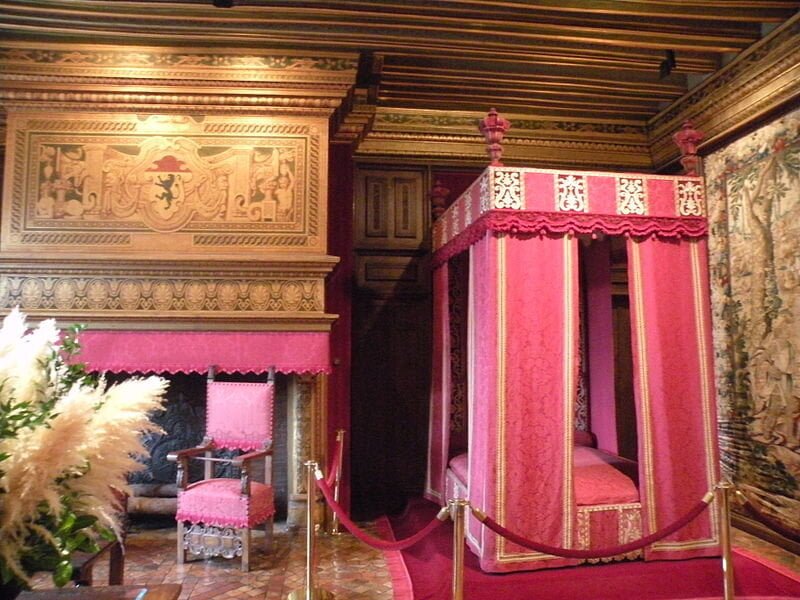
When the bed chambers were attached to the great hall, there would be an entrance that led to these rooms directly from the back. However, as the architecture of these castles evolved, the Lord and Ladies’ chambers were moved to another floor entirely. Some of these bed chambers used to have separate bathrooms and the servants used to reside within these chambers with their masters. However, just like in the great hall, they would have slept on the floors.
Fun fact: The furniture featured in these bedchambers was usually incredibly elaborate and ornate in order to highlight the status of the people who resided there.
The Solar
While initially, the solar was the actual bedchambers of the Lord and Lady of the castle, it later became an extension of it. This space started being used as a sitting area and even evolved enough to have a wardrobe in it. It was mostly used by the senior women of the household whenever they wanted a quick getaway from the general hustle and bustle of the castle.
Fun fact: Later, the solar evolved into a separate room in its own right – particularly in France, where it was sometimes even a lonesome tower or pavilion.
Bathrooms/Garderobe
Before plumbing, the medieval-era castles had garderobes which consisted of holes where the excrement would go. These holes would connect to a cesspit outside the castle (sometimes even the moat). The walls were frequently plastered and re-plastered in lime to try and keep some of the smell at bay. The lord and lady would have their own garderobe, while the communal ones would be used by the general residents of the castle.
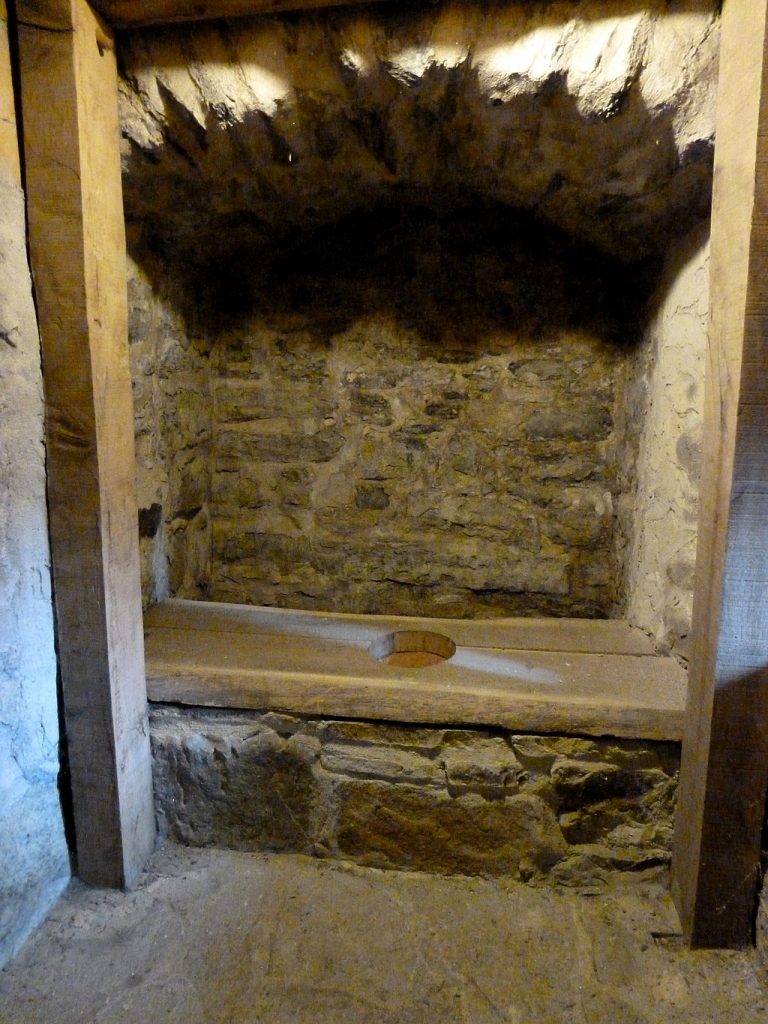
The locations of the garderobes were very strategic. There were not many of them to begin with, but the ones that were there were located on top of a corbel, which protruded out of the wall so that the excrement could easily drop outside.
As far as bathing was concerned, the Lord and Lady used to take theirs in wooden tubs. The water was heated in the sun and while the tub was portable, it didn’t actually reside in any one particular room. In fact, a canopy would be fixed around the tub to ensure privacy and it would be taken down after.
An example of an existing garderobe exists in Donegal Castle, Ireland. Experts believe that the dimensions of this historic bathroom match that of a closet. In fact, it is believed that the coats taken from visitors were actually hung in there. And while the basic hygiene of the era was simply terrible, they still get props for using ammonia as a disinfectant.
Kitchens & Bakehouse
The kitchen has always been the hub of human civilization and such was also the case in medieval times. The castle kitchen was very grand and elaborate because it was used to cook not only elaborate feasts but also the game caught during hunts. Then there was the bakehouse where the staff baked their own bread. Some castles even had their own breweries.
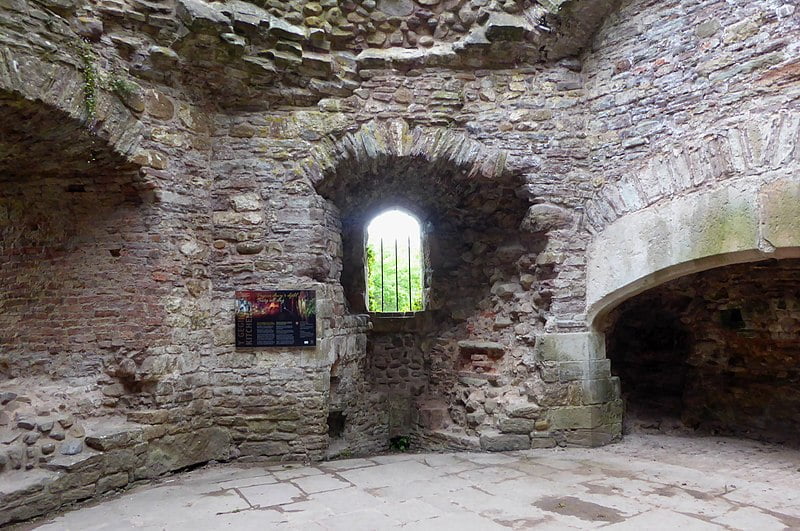
It’s interesting to note that the early medieval castles did not have a separate kitchen, but a central hearth in the main living quarters so that the heat could be used in an efficient manner. However, later medieval castles saw a distinct evolution in this trend. Separate kitchens, removed from the living areas, helped keep the smoke at bay. The complex medieval castles of late also had pantries, larders, and a buttery.
Fun Fact: Noble medieval families had hundreds of kitchen staff, including cooks, bakers, larderers, butchers, carvers, and more. A 2-day banquet usually required a barn full of coal and approximately 1000 carts of dry firewood.
Chapels
The chapel was an important part of the castle as Christianity was the dominant religion. Everyone was expected to adhere to their beliefs. As such, the chapels were usually placed near the great hall for easy access. Some of them were ornate and some were smaller. The larger ones tended to span at least two stories.
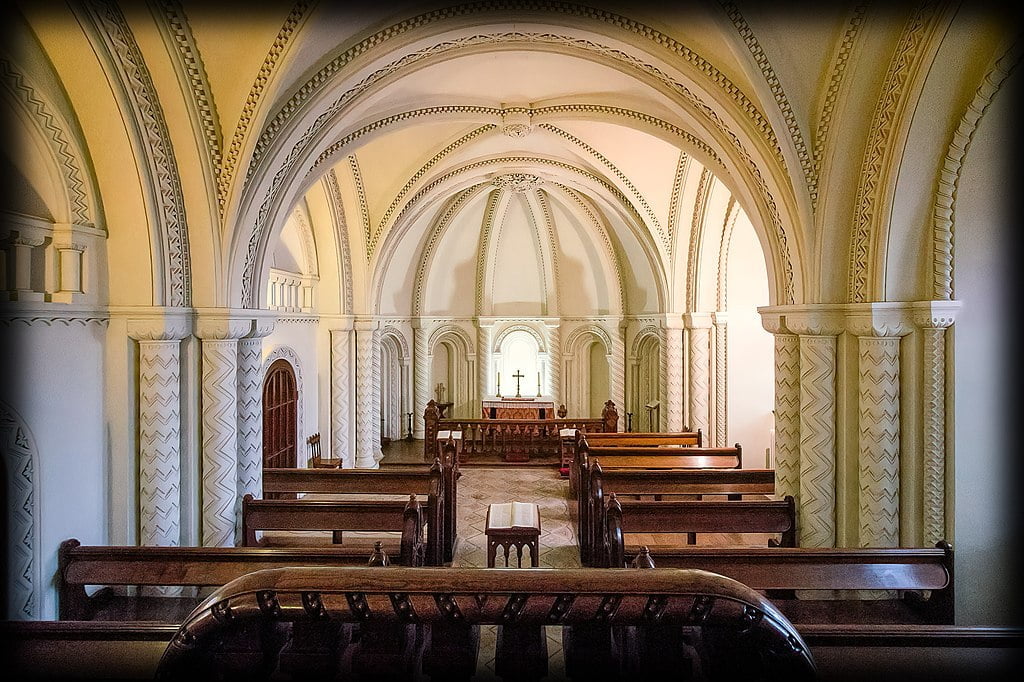
Every chapel was easily accessible to every member of the castle household. To separate the lord’s family from the servants, the pews at the front were reserved for the Lord and Lady. The back of the chapel could be used for help.
The Keep
The keep was a tall, well-protected tower house that was generally located in the middle of the castle complex. This is a medieval castle part that has quite a lot of historical popularity because of its significance. Every medieval castle had one keep, whose entrance was thoroughly guarded. It consisted of a basement with a water source, and residential areas on the upper floor. The ground floor was usually allocated to the garrison or even left empty. A staircase led directly to the first floor, while the top floor was usually a solarium of sorts. Ross Castle in Ireland is an excellent example of keep-style medieval castle architecture. Its imposing structure and lush green surroundings immediately take you back to centuries ago, no wonder it appears in our list of the most popular castles to visit in Ireland.
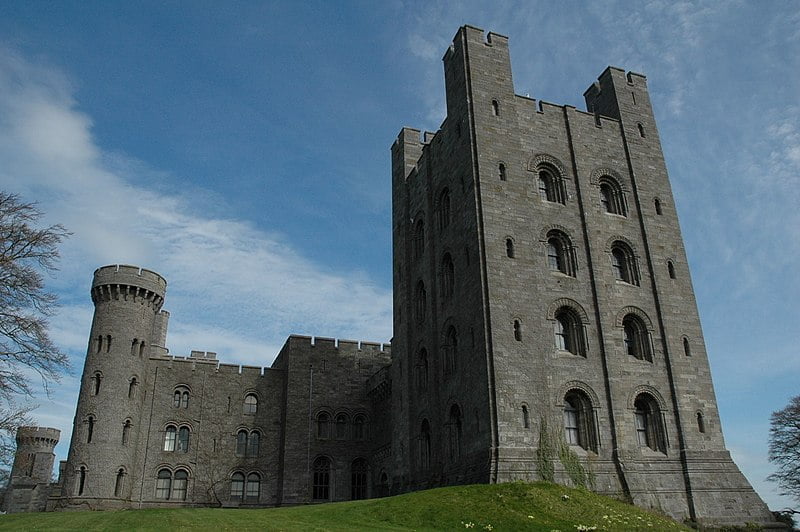
Explore Medieval Times Deeper or Continue Reading…
Miscellaneous Parts of a Castle
There are so many other parts of the castle layout that were never the highlight, yet still important enough. Here are some of them:
Casement & Place of Arms
Located underneath the rampart, this part of the castle was used to house the troops in times of siege and distress. It was supposed to be quite impenetrable and even had a vaulted ceiling that set it apart. Then there was a large covered room called the place of arms, which was used for the troops to assemble. There is a building at Edinburgh Castle that served intermittently throughout history as both the Great Hall and Place of Arms.
The Cellar or Undercroft
This was basically a storage room of sorts. While some of these were used as is i.e. for storing food supplies, others were lent out as shops to the staff.
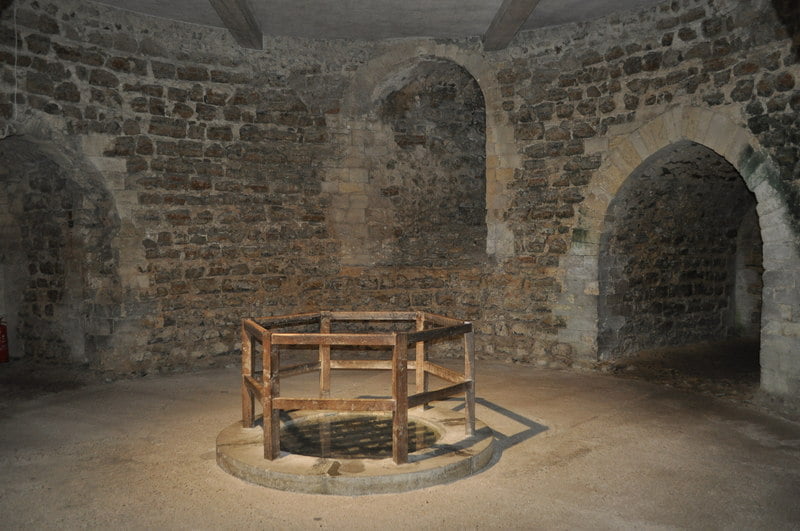
Frequently Asked Questions (FAQs)
Q: What are the sections of a castle?
A: There are many parts of a medieval castle, which contains even more rooms. The exterior consisted of the gatehouse, barbicans, walls, and towers. The central area contained outbuildings and areas such as the outer courtyard, stables, and so forth. The innermost castle section was the residence, consisting of the keep, the bedchambers, and more.
Q: What is the main part of the castle called?
A: The main part of the castle was the keep: a towered, multi-story structure that consisted of a basement, the great hall, bedrooms, and a solarium.
Q: What are parts of a castle wall called?
A: The castle walls were pretty sturdy–made of stone blocks and filled with rubble. They could be quite thick, often between 7 to 30 feet. Whenever arrows were fired at it, they would be hard-pressed to penetrate. The method of making these walls was called ashlar – a kind of masonry that was highly popular at the time. There were buttresses at the bottom and battlements at equal intervals to support the structural integrity of this wall. The top was crenelated as well.

